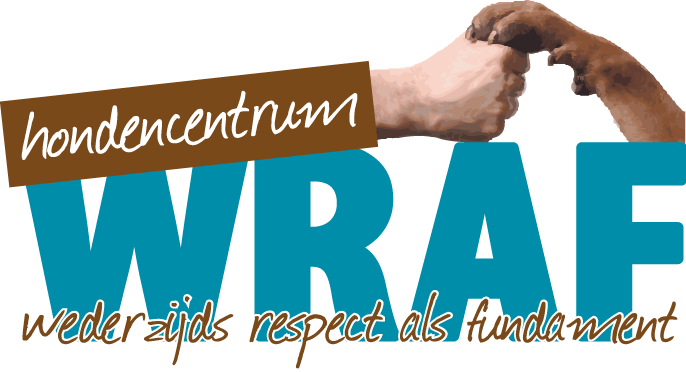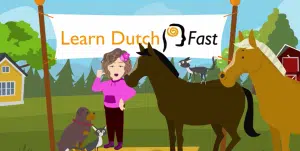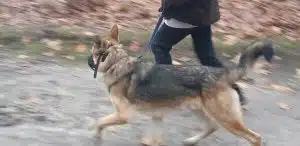Nieuwsbrief Learn Dutch Fast over de hondenvakantie
Last weekend, I found myself in the position of a learner.
I make it a point to do this at least once a year to experience the challenges my students face from their perspective. This time, however, there was another pressing reason: our “big pup,” Neo, has a habit of reacting strongly to people at home—a situation that’s far from ideal when I have visitors, of course. (For those of you who are wondering, Mister is still with us, too! Old, but happy)
So, I signed up for a weekend training program with Hondencentrum WRAF, joining a small group with three other dogs facing their own challenges. And oh boy, from the moment I registered, my inner voice wouldn’t stop chattering. I was in full-blown panic mode.
Why? This was our last chance to see if Neo’s behavior could improve. My mind raced with doubts:
“The other dogs probably have fewer problems than Neo.” (Sounds familiar? Like: “I’m probably the worst in the Dutch course.”)
“What if he jumps on a child?”
“What if he pulls too hard and I fall?” (I did. Twice. I learned lots from it and there was help.)
“What if I just can’t do it?
“What if Neo is the only dog this method doesn’t work for?”
“What if I’ve chosen the wrong course? There are so many conflicting methods out there!”
“And what if I spend my savings and it still doesn’t work?”
Despite my doubts (and a nudge from my husband), I went.
The challenges started before the training even began.
Neo gets terribly carsick, the key to my holiday cottage didn’t work, I really needed the toilet, and when I finally got inside,
I discovered too late that the toilet paper was hidden in a welcome kit… in the kitchen! To top it off, the car’s trunk jammed, leaving Neo and my luggage stuck inside. By the time I finally arrived at the training location—late—I was already exhausted.
The training started with two hours of theory. My brain? Still in overdrive:
“This is overwhelming.
How am I going to remember all this?”
“What if Neo reacts to two things at once, how do I apply this method?” (It’s like asking on your first day of Dutch class how conditional verbs work!)
“What if the trainers don’t understand Neo’s issues?!”
“Wait, are we really having lunch with all the dogs tomorrow? They clearly don’t know Neo…”
Tears were close, but the trainers were incredible: calm, confident, knowledgeable, and endlessly patient. They kept repeating principles I also emphasize in my lessons:
“Breathe. Relax. Trust your dog.”
(I tell my students to trust their brain.)
“Give him more space.”
(I say, “You need mistakes to learn.”)
“Unlearning bad habits is tough, but you can do it!”
Logically, I understood, but emotionally? It took nearly a whole day to quiet that nagging “what if” voice and trust the process. Once I did, everything changed. The training clicked, Neo responded better and faster, and I even started to enjoy the experience—long walks in the stunning surroundings included, with a nice group of people (That’s an experience you will also have in my classes
during the Walks & Talk.)
The lunch? It went far better than I’d feared.
Sure, Neo was, I think, the most challenging dog in the group, but by focusing on our progress instead of comparing us to others, I finally saw hope. Neo deserves that—he’s truly a good dog.
Did I miss some details while juggling theory and Neo’s behavior? Yes. But I’ve already booked an extra training session. First, I’ll practice what I’ve learned, then fill in the gaps later. (Just like in my lessons—you build on what you know and add more when you’re ready!)
If you have a reactive dog, check out WRAF.
If you’re struggling with Dutch, come to me. 💛
P.S. In both cases, don’t wait until you’ve tried everything that doesn’t work. Fixing ingrained mistakes takes time.
It’s much better to invest your energy in taking real steps forward from the start!
Tot ziens!
Syl Clements


